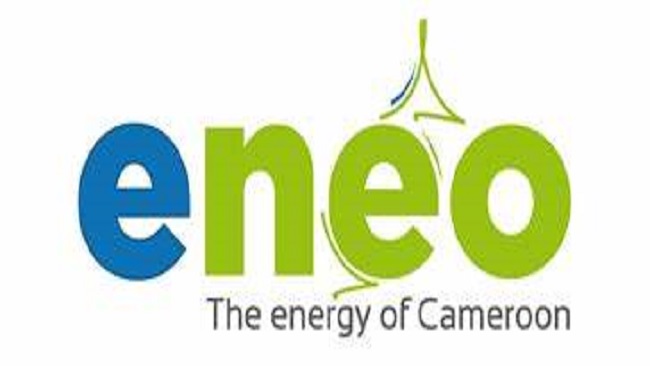Eneo Seeks CFA18bn from govt to tackle power cuts
Cameroon’s power company Eneo says it needs CFA18 billion from the government to prevent power outages across the country. Following a directive from the Minister of Water and Energy on February 9, 2024, which pointed out the potential for social unrest due to ongoing power shortages, Eneo has activated its thermal power plants. However, in a letter to the minister on February 14, 2024, the company explained that operating these plants would incur extra costs that it cannot bear alone, especially with the expected end of the dry season by the end of March 2024.
“The thermal power plants have all been deployed, and an industrial load-shedding plan has been drawn up (…) However, we would like to inform you that the mobilization of the thermal power plants does not enable us to fully absorb the deficit observed and that it is also necessary to ensure continuous maintenance of the power plants to avoid breakages and unavailability of these critical installations. This intensive mobilization will generate additional costs in terms of fuel purchases, estimated at CFA10 billion for February 2024 and CFA8 billion for March 2024. Consequently, to maintain this entire set-up throughout the crisis period and per the provisions of Article 3 of the government support agreement signed on November 2, 2018, between Eneo and the Republic of Cameroon, we are requesting financial assistance from the State, to meet these additional costs which, given its financial situation, Eneo cannot bear alone,” the power company writes to the Minister.
This means that deploying the country’s full thermal capacity will only reduce, not eliminate, the power outages currently affecting seven of Cameroon’s ten regions. To ensure a reduction in power cuts, which harm households and businesses, Eneo needs a budget of CFA18 billion for two months of thermal plant operations.
Eneo has also clarified that it should not be held responsible for the origins or consequences of the current power shortages. The company explained that the main causes of the outages include delays in adding the first 60 megawatts from the Nachtigal dam (420 MW) to the grid and low water levels at the Memve’ele dam (211 MW) on the Ntem river.
The first 60 megawatts from Nachtigal were expected in December 2023 but are now promised by February 24, 2024, which, if delivered on time, will add much-needed power to the grid. Indeed the the Southern interconnected network (RIS) could see an additional 60 MW soon, with the full 420 MW from Nachtigal expected by September 2024, according to government forecasts.
Another main reason for this power outage is the Memvé’élé plant’s inability to operate at full capacity due to the low water level in the Ntem River. The dam, designed to contribute 211 MW to the country’s electricity network, often produces only 30 MW or even zero at times during the dry season, due to significant drops in the Ntem river’s flow. As a result, it’s unlikely that the Memvé’élé dam will reach its full 211 MW capacity throughout the year because of the river’s low flow and hydrological variations during dry periods.
To address this issue, the government is considering building a reservoir dam. “Looking forward, to mitigate the impacts of the Ntem River’s hydrology variation, the head of state has ordered the acceleration of the reservoir dam construction project on this river,” the Minister of Water and Energy stated on March 25, 2022, at the National Assembly. This raises questions about the government’s decision to build a 211 MW hydroelectric plant on the Ntem, a river with a significantly lower flow than the Sanaga, which holds 75% of the country’s hydroelectric potential.
Source: Business in Cameroon




